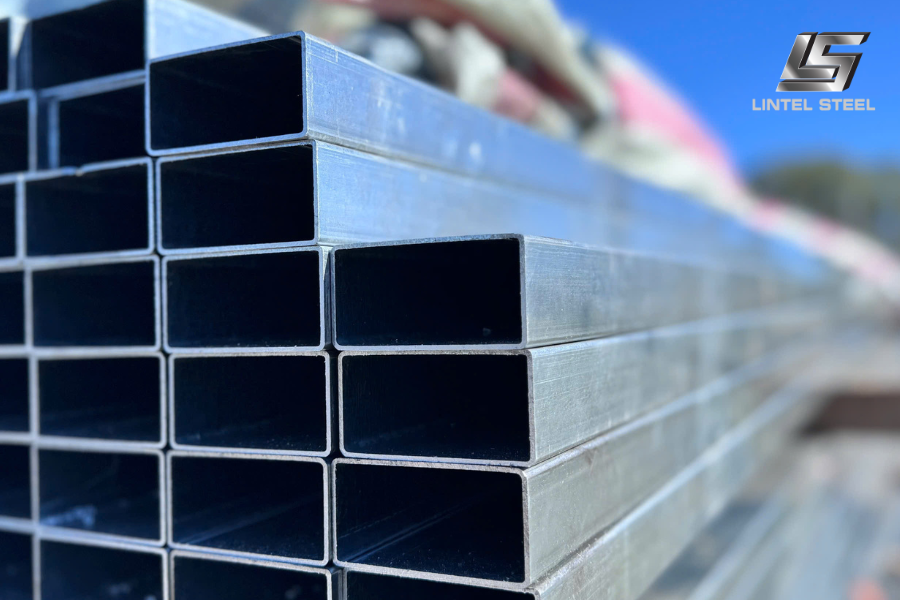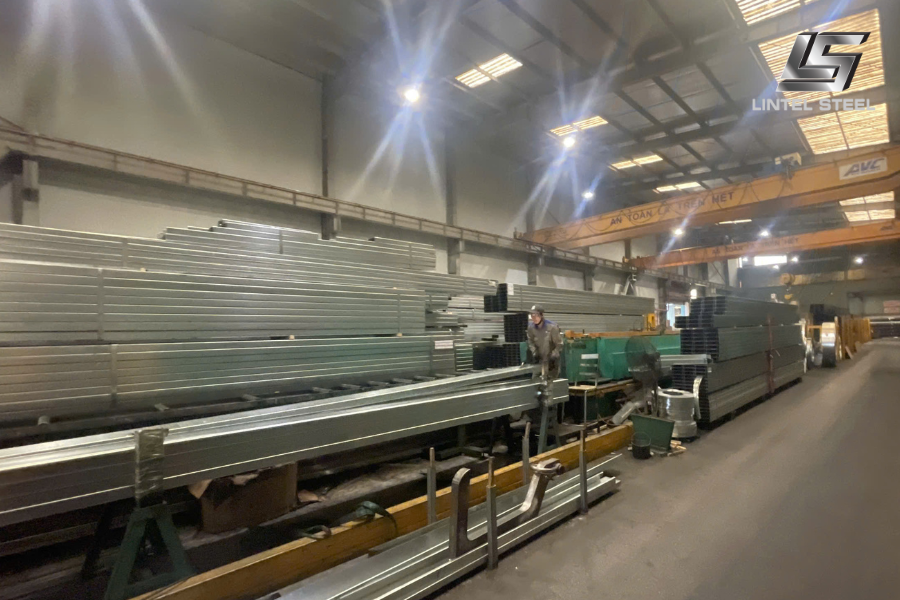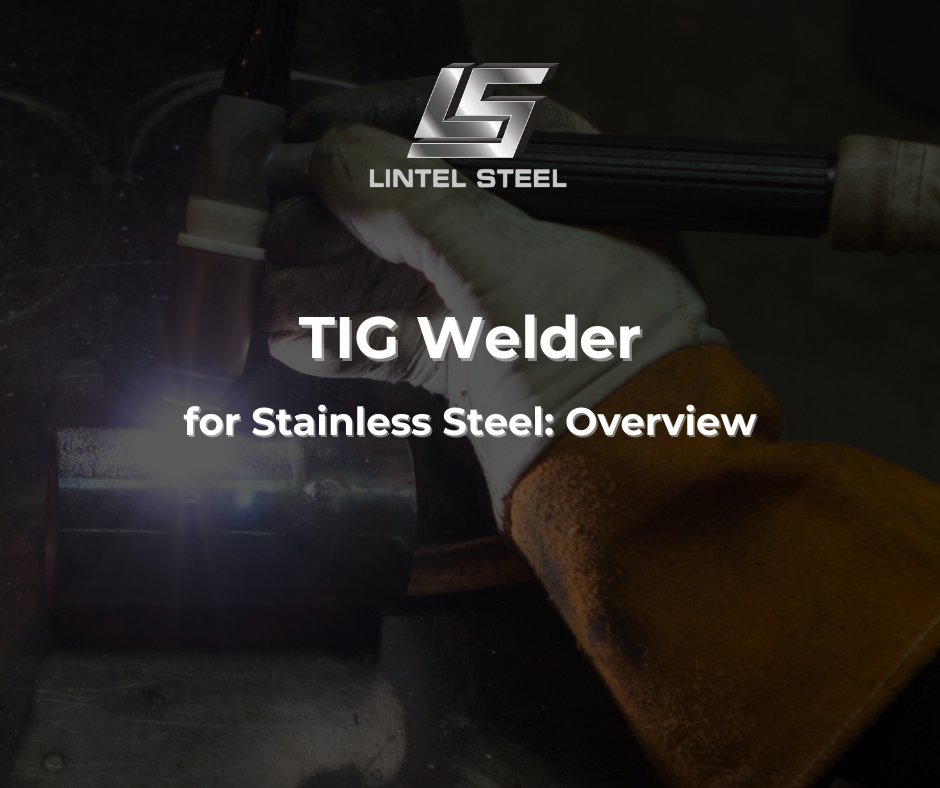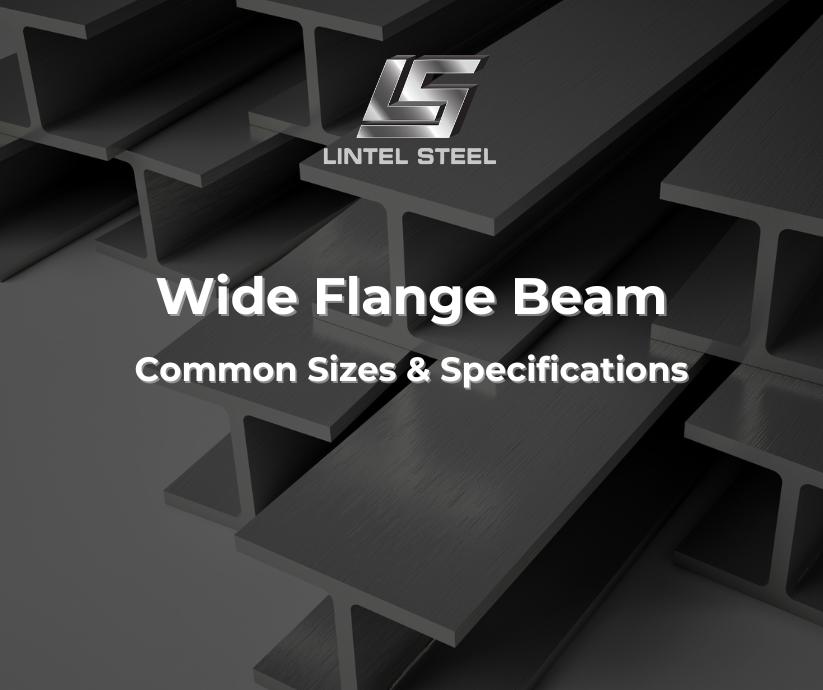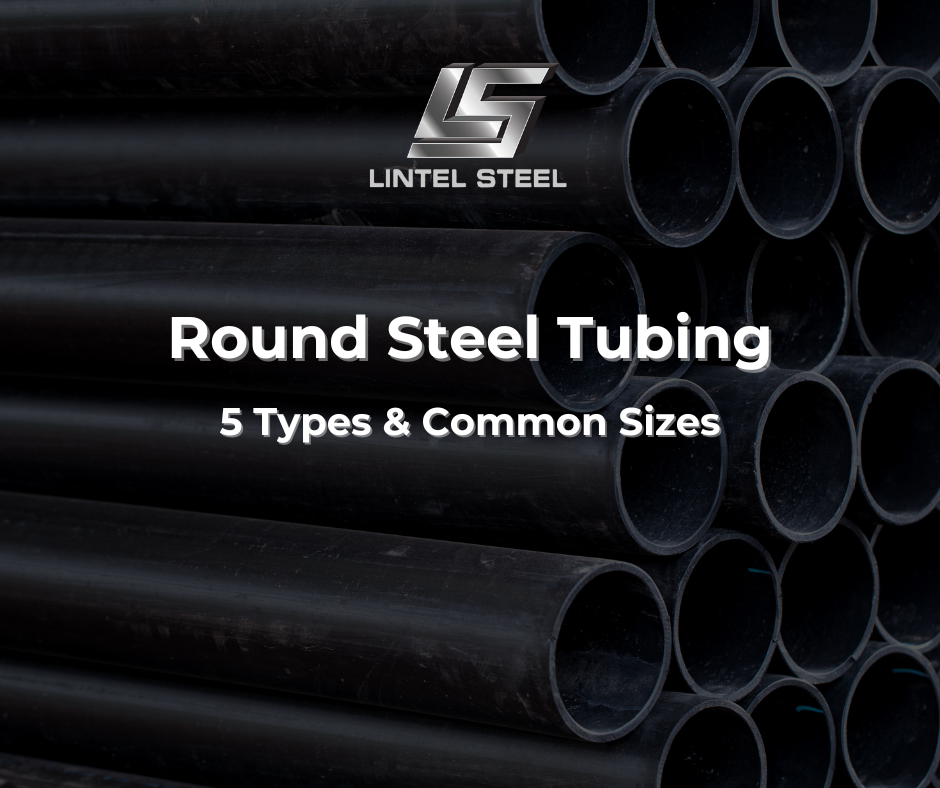Hot Dipped Galvanised RHS: 5 Powerful Reasons to Use

When it comes to structural steel that can handle harsh conditions, hot dipped galvanised RHS is one of the most reliable choices. With excellent corrosion resistance, strong load-bearing capacity, and versatile applications, this type of steel section is trusted in both residential and industrial projects. In this guide, we’ll break down what hot dipped galvanised RHS is, how it’s made, its benefits, common uses, and why it should be your go-to option for construction and fabrication.
What is Hot Dipped Galvanised RHS?
Hot dipped galvanised RHS stands for Hot Dipped Galvanised Rectangular Hollow Section. It is a rectangular steel tube that has been coated in a layer of zinc through the hot dip galvanising process.
The steel is first fabricated into hollow rectangular sections, then cleaned and immersed in molten zinc at temperatures around 450°C. The zinc coating bonds metallurgically with the steel, creating a tough barrier that protects the metal from rust and corrosion.
This makes hot dipped galvanised RHS ideal for outdoor projects, marine environments, and any application where exposure to moisture and weather is a concern.
Why Use Hot Dipped Galvanised RHS?
Choosing hot dipped galvanised RHS over untreated steel provides several advantages:
1. Superior Corrosion Resistance
The zinc coating acts as a shield, preventing oxygen and moisture from reaching the steel surface. Even if the coating is scratched, zinc continues to protect the exposed area through a process called galvanic action.
2. Long Lifespan
Hot dipped galvanised RHS can last 40–50 years in rural environments, and even longer in dry indoor use. In coastal or industrial settings, it still outperforms untreated or painted steel.
3. Low Maintenance
Unlike painted steel that requires frequent recoating, galvanised steel needs little to no maintenance. This reduces long-term project costs.
4. Strong and Versatile
Because it is a hollow section, RHS provides excellent strength-to-weight ratio. The galvanised finish adds durability without compromising structural performance.
5. Cost-Effective Investment
While initial costs may be higher than non-galvanised steel, the extended service life and reduced maintenance make hot dipped galvanised RHS more economical in the long run.
Common Applications of Hot Dipped Galvanised RHS
Thanks to its durability, hot dipped galvanised RHS is widely used across industries:
- Construction and Structural Frameworks: Beams, columns, trusses, and load-bearing supports.
- Fencing and Gates: Strong frames that withstand rain, humidity, and soil contact.
- Outdoor Furniture: Park benches, pergolas, and patio structures that last for years.
- Agricultural Projects: Cattle yards, sheds, irrigation systems, and fencing.
- Marine and Coastal Infrastructure: Jetties, walkways, and handrails exposed to salty air.
- Industrial Projects: Conveyor frames, platforms, and protective barriers.
Wherever strength and weather protection are required, hot dipped galvanised RHS is the preferred choice.
Hot Dipped Galvanised RHS Dimensions
Hot dipped galvanised RHS comes in a wide variety of dimensions, making it adaptable to many different projects. Some common sizes include:
- 50 x 25 x 2.0 mm
- 75 x 50 x 3.0 mm
- 100 x 50 x 3.0 mm
- 125 x 75 x 4.0 mm
- 150 x 100 x 5.0 mm
- 200 x 100 x 6.0 mm
Lengths are typically available in 6m or 12m, depending on supplier and project requirements. Thicker walls provide greater load-bearing strength, while thinner sections are lighter and easier to fabricate.
Hot Dip Galvanising Process Explained
The galvanising process is what makes hot dipped galvanised RHS stand out. Here’s how it works step by step:
- Surface Preparation – Steel sections are cleaned using caustic solutions to remove dirt, oil, and grease.
- Pickling – The steel is treated with an acid solution to remove mill scale and rust.
- Fluxing – A zinc ammonium chloride solution is applied to prevent oxidation before galvanising.
- Hot Dip Galvanising – The steel is immersed in molten zinc at ~450°C, forming a zinc-iron alloy coating.
- Cooling & Inspection – After removal, the coated steel is cooled, inspected, and tested for coating thickness and uniformity.
This process ensures every surface, corner, and weld of the RHS is protected, even in hidden or difficult-to-paint areas.
Advantages of Hot Dipped Galvanised RHS Over Painted Steel
While painting can provide some protection, it simply doesn’t match the reliability of hot dipped galvanised RHS.
- Paint can chip or peel, exposing steel underneath to rust. Galvanised coating bonds permanently.
- Repainting is expensive over time, while galvanised RHS requires little upkeep.
- Uniform protection: Galvanising covers edges, corners, and internal surfaces, areas that paint often misses.
This is why many builders, engineers, and architects specify hot dipped galvanised RHS as a standard for outdoor and heavy-duty projects.
Things to Consider When Buying Hot Dipped Galvanised RHS
When purchasing hot dipped galvanised RHS, it’s important to look beyond just the price. The quality and performance of the steel depend on several technical and practical factors. Paying attention to these details ensures that your investment provides the strength, durability, and corrosion resistance you need for your project. Here are the key points to consider:
1. Thickness of Coating
The galvanised coating is what protects RHS steel from rust and corrosion. A thicker coating generally means a longer service life, especially in coastal or industrial environments where exposure to moisture, chemicals, or salt is higher. For outdoor projects or structural applications, always check the zinc coating thickness. In many cases, the hot-dip galvanisation process provides a uniform, heavy-duty coating that can last for decades with minimal maintenance.
2. Steel Grade and Standards
Not all RHS sections are manufactured to the same specifications. Ensure that the product meets relevant standards such as Australian Standards AS1163 or the equivalent in your country. This guarantees that the material has been tested for strength, weldability, and durability. Using RHS steel that complies with proper standards not only improves the safety of your project but also prevents costly failures in the future.
3. Dimension Requirements
Selecting the right size and wall thickness of hot dipped galvanised RHS is critical. Common dimensions include 50x50mm, 100x50mm, and larger sections like 150x100mm, with wall thicknesses ranging from 2mm to 9mm. The choice depends on your project’s structural load requirements. For lighter frameworks, thinner walls may be sufficient, but for heavy-duty construction, always opt for thicker walls to ensure stability and strength.
4. Application Environment
Think about where the RHS steel will be used. Indoor use in a dry environment may not require as heavy a coating as outdoor use near the coast. For marine or highly corrosive environments, you’ll need a higher-grade hot dipped galvanised finish to prevent premature rusting. Matching the product to the environment ensures longevity and reduces maintenance costs.
5. Supplier Reputation and Quality Assurance
Finally, your supplier matters just as much as the product itself. A reliable steel supplier should provide consistent quality, accurate cutting services, and proper documentation such as mill certificates. These certificates confirm that the steel meets industry standards. Buying from a trusted supplier also gives you confidence in delivery times, stock availability, and after-sales service.
Conclusion
If your project requires strength, durability, and protection against rust, hot dipped galvanised RHS is one of the best options available. From construction to agriculture, fencing to marine projects, its versatility makes it a reliable choice across industries. With a long service life, low maintenance needs, and excellent corrosion resistance, hot dipped galvanised RHS ensures your structures remain safe and cost-effective for decades.
Whether you need small sizes for light fabrication or heavy-duty sections for structural work, choosing the right hot dipped galvanised RHS from a trusted supplier will give your project the strength it deserves.
You can find out more about us at our Fanpage Lintel Steel.

